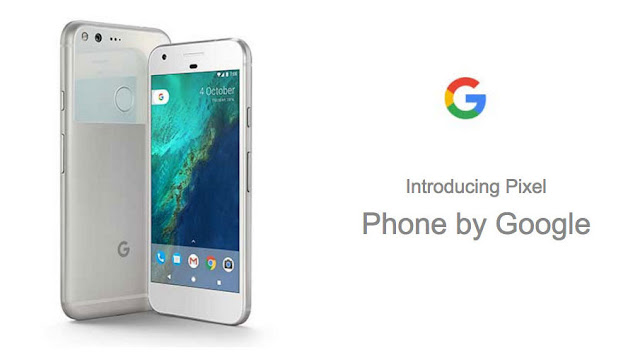Google Pixel: Easily the best camera on a phone
The Google Pixel is a landmark device, signalling the first proper foray into phones by the search engine giant. And boy, has it done a good job.
The Pixel is available in two sizes – the smaller one reviewed here and a larger 5.5-inch Pixel XL – and has one of the best cameras on any phone, along with a software experience that's better than any other Android device.
You have to pay a premium for these features – this certainly isn’t a Nexus-priced device – but it’s far from the first phone to cost a pretty penny. And when it’s this good, it’s worth paying that bit extra.
The least exciting part about the whole idea of the Google Pixel is its design. I know many people who dislike it completely, but I find it perfectly serviceable. It isn't as flashy as Samsung’s Galaxy S7, but it's much nicer than than the latest batch of iPhones.
The body is made from metal and glass – pretty much a given these days – and it tapers down ever so slightly on the rear to help avoid any unnecessary camera bumps. A circular fingerprint sensor sits below the camera sensor, and both are encased in a divisive glass panel that runs about a third of the way down the back. Some in the TrustedReviews' office hate it, but I think it adds some flair, catching the light nicely. It is a fingerprint magnet and scratches very easily, however.
The sides are heavily chamfered, and this helps the device to fit
comfortably in your hand. This is one of the easiest phones to hold,
helped by the fact it isn’t overly thin.
It’s also completely
usable in one hand, something that can’t be said for the larger Pixel
XL. It’s roughly the same size as an iPhone 7, just a little taller and
marginally thicker.
5-inch displays are becoming a rarity in the Android space, but for many they provide the perfect mix of portability and size. However, the problem – aside from the dearth of choice – is that smaller phones tend to be hamstrung by weak components and a lack of features.
Thankfully, this isn’t the case here. This is a 5-inch display phone with the innards of a larger device – and that’s great news.
The Pixel's display is fantastic, comfortably one of the best at this size. It’s an AMOLED panel – the same tech Samsung uses on its Galaxy series – with a 1080p resolution. This isn't as high as the larger Pixel XL and its quad-HD panel, but due to its smaller size you really won’t notice the difference.
It’s pin-sharp with zero jagged edges around icons when you’re looking at it from a normal distance. Get right up close, with your eye almost touching the screen, and you might notice a tiny bit of pixellation around the battery icons and on-screen buttons. Realistically, though, you won't be using the phone from such a distance.
The Google Pixel is a seriously fast phone, probably the snappiest Android handset on the market for general use – and even creeping up on the iPhone 7.
Part of this is clearly down to the combination of the Snapdragon 821 processor and 4GB of RAM, but the real success here is a result of how it's all been optimised.
Gaming performance is great, although intensive titles still load up quicker on the iPhone 7 initially. Once you’re in the game you won’t notice the difference, with loading times thereafter speeding up and no sign of any dropped frames.
The base storage option is 32GB, but 128GB is also available. It would have been better had Google started the range at 64GB, but I assume it wants you to pay a premium – and you’re less likely to do that with 64GB. Since there’s no expandable storage, you’ll have to choose wisely.
Google Assistant is to Android what Siri is to iOS; a voice assistant that’s supposed to make doing stuff easier and quicker. It can set alarms, play a song straight from Spotify, ring your mum – but it’s the contextual conversation stuff that sets it apart.
It still has a 12-megapixel rear camera with dual-LED flash, laser autofocus and 1.55-micron pixel completed with an f/2.0 lens. What it does have over the Nexus 6P is the new Sony IMX378 sensor (upgraded from the IMX377), which boasts native phase-detection autofocus, plus much faster HDR thanks to SME-HDR tech.
The 8-megapixel selfie camera is similarly impressive, again benefiting from auto-HDR+. Its f/2.4 aperture is slightly narrower but it still performs well in varying lighting conditions.
While the battery on the Google Pixel is good, it obviously isn't quite as impressive as the one featured in the larger Pixel XL. While the Pixel XL can easily make it through a day and comfortably into the next, the Pixel is more of a charge every night device. That’s to be expected from the 2,770mAh battery, but it’s still comparable to other devices of this size.




Comments
Post a Comment